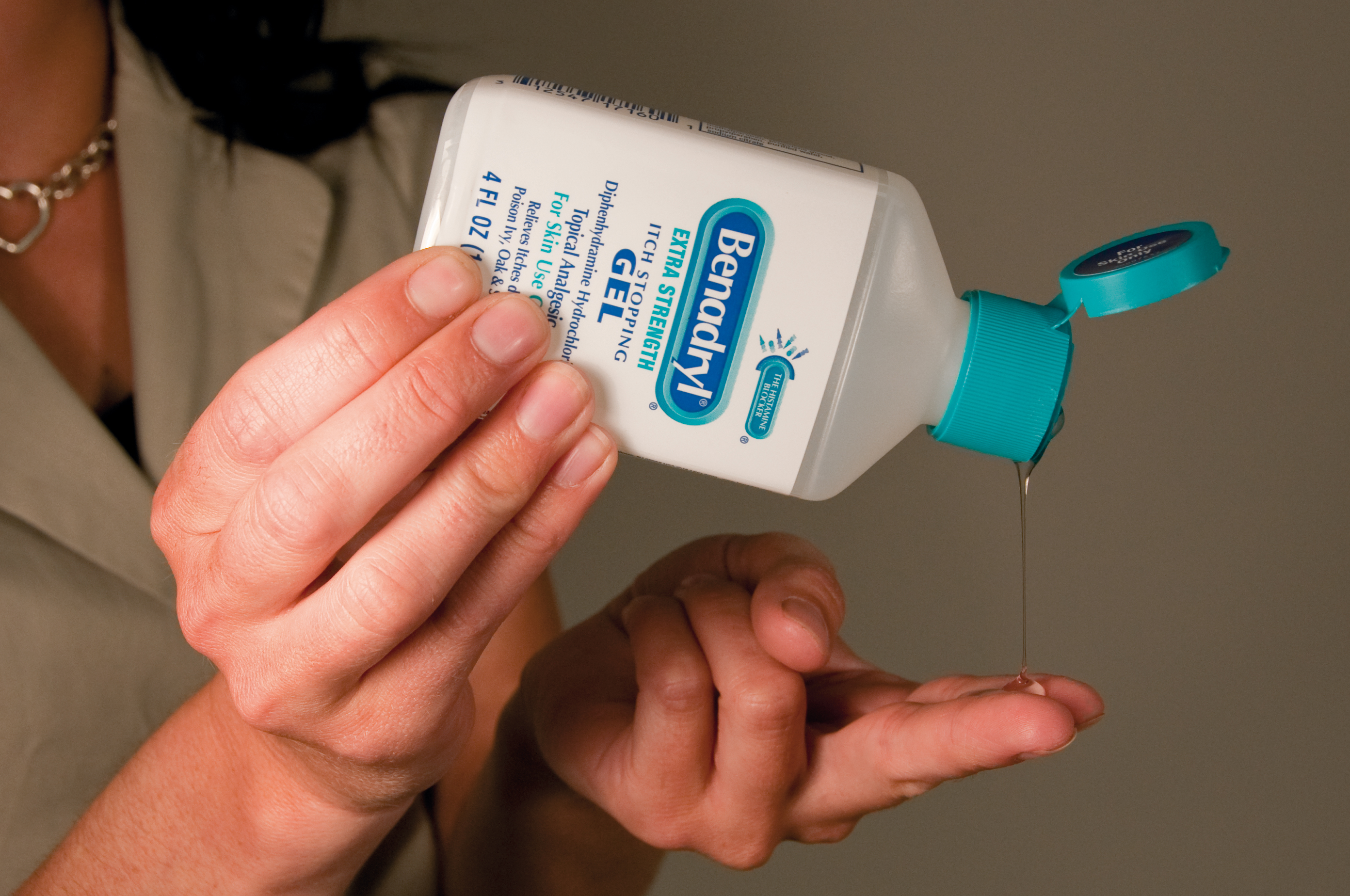| name | Benadryl (diphenhydramine) |
| classification | Antihistamine, H1 receptor antagonist |
| pharmacokinetics | | absorption | Rapidly absorbed from the gastrointestinal tract, with peak plasma concentrations typically reached within 1-2 hours after oral administration. | | distribution | Distributed throughout the body, crossing the blood-brain barrier. | | metabolism | Primarily metabolized in the liver, and the metabolites are excreted through the kidneys. | | excretion | Excreted primarily in the urine. |
|
| suggested dosage | | adult | 25-50 mg orally every 4-6 hours as needed, or as directed by a healthcare professional. | | note | Dosage may vary depending on the specific condition being treated and the individual patient's response. |
|
| indications | | 1 | Seasonal allergic rhinitis (hay fever) | | 2 | Urticaria (hives) | | 3 | Angioedema | | 4 | Motion sickness | | 5 | Mild insomnia | | 6 | Post-operative itching |
|
| safety in pregnancy | | category | Category B | | note | Generally considered safe in pregnancy, but use should be considered only when potential benefits outweigh risks, and under the strict guidance of a healthcare professional. |
|
| safety in breastfeeding | | note | Small amounts are excreted into breast milk. It may be prudent to avoid during breastfeeding or use with caution, under the guidance of a healthcare professional. |
|
| side effects | | 1 | Drowsiness | | 2 | Dry mouth | | 3 | Blurred vision | | 4 | Constipation | | 5 | Difficulty urinating | | 6 | Nausea | | 7 | Vomiting | | 8 | Loss of appetite | | 9 | Nervousness | | 10 | Hallucinations (rare, but more likely in high doses or in those with underlying mental health issues) | | 11 | Urinary retention |
|
| alternatives | |
| contraindications | | 1 | Known hypersensitivity or allergy to diphenhydramine or related compounds | | 2 | Severe liver or kidney disease | | 3 | Angle-closure glaucoma | | 4 | Prostatic hypertrophy | | 5 | Severe respiratory insufficiency |
|
| interactions | | 1 | Alcohol | | 2 | Other central nervous system depressants (e.g., opioids, benzodiazepines) | | 3 | MAOIs | | 4 | Anticholinergic medications | | 5 | Other medications that can cause drowsiness or sedation |
|
| warnings and precautions | | 1 | May impair mental alertness and motor skills. | | 2 | Use with caution in patients with asthma or other respiratory conditions, as it may worsen symptoms. | | 3 | Avoid driving or operating machinery after taking the medication. | | 4 | Use with caution in patients with a history of cardiovascular disease or seizures. | | 5 | Consult a doctor if symptoms persist or worsen. |
|
| additional information | | patient specific considerations | | age | Benadryl is generally safe for use in a 25-year-old male, but dosage and use should be guided by a healthcare professional. | | weight | Dosage should be adjusted according to individual needs and response; a healthcare provider can provide personalized guidance. | | other factors | Pre-existing health conditions, other medications or supplements being taken are all factors in deciding the safest dosage and usage. |
| | special notes | This information is for educational purposes only and should not be considered medical advice. Always consult with a healthcare professional for any health concerns or before making any decisions related to your health or treatment. |
|

